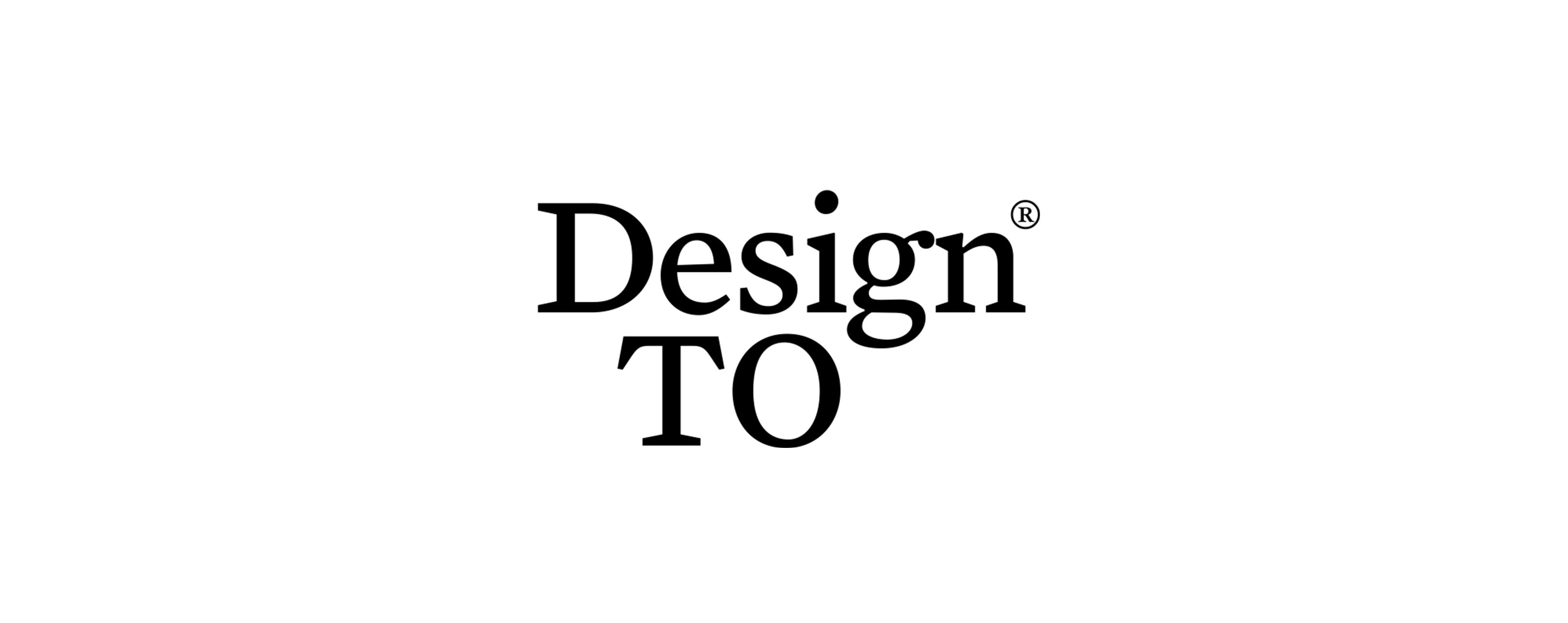
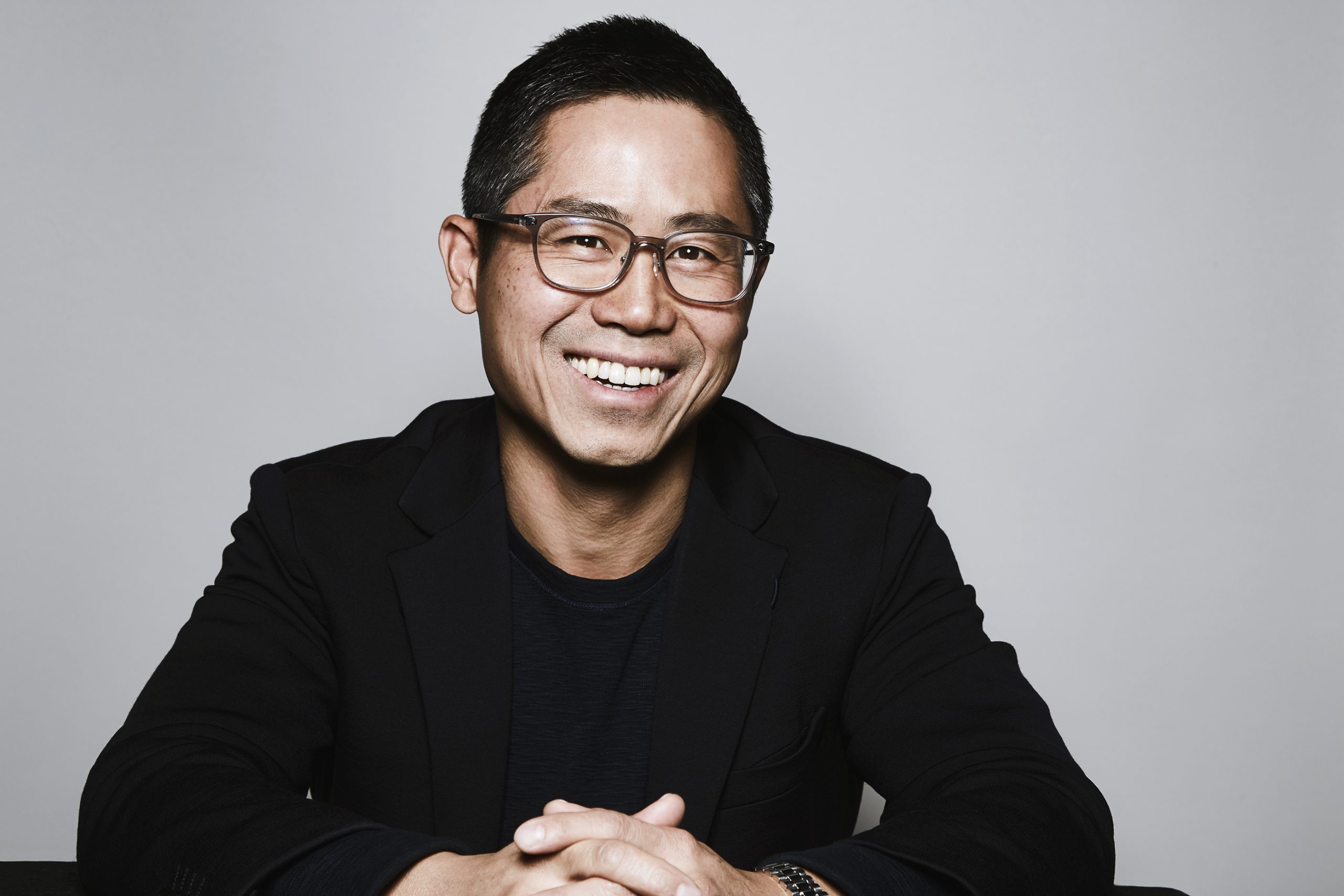
Director and principal of Montgomery Sisam Architects, Daniel Ling joined us in Ideas Forum: Confronting the Housing Crisis at the 2022 DesignTO Festival.
Daniel has worked on a variety of projects, including residential, education, infrastructure, healthcare, office, and civic architecture.
He shares his experience with complex housing initiatives and his work with Housing Now, a City of Toronto initiative that invests in city-owned lands to build affordable housing and mixed-use developments near transit, creating accessible, liveable communities. Read on to find out what inspires him, how the pandemic has impacted his work and what’s up next for Montgomery Sisam Architects.
How would you describe your profession and your practice?
I’m an architect by profession. Our practice (Montgomery Sisam Architects), provides a team environment where I have the pleasure of collaborating with my many partners and a staff of over 100 other architects and designers, including interior designers, graphic designers, and technologists. One of the most interesting challenges is figuring how to foster a creative atmosphere in a large collective setting. For example, how do we share leadership? How do we design as a team? The reality is more like alchemy than science; you try to mix some great talent together and see what emerges. Sometimes, the result is delightful and surprising, and other times it’s not — then you try again. In the end, it’s important to have a merit-based environment where all ideas hold value, where the best concepts can come from a partner or a student.
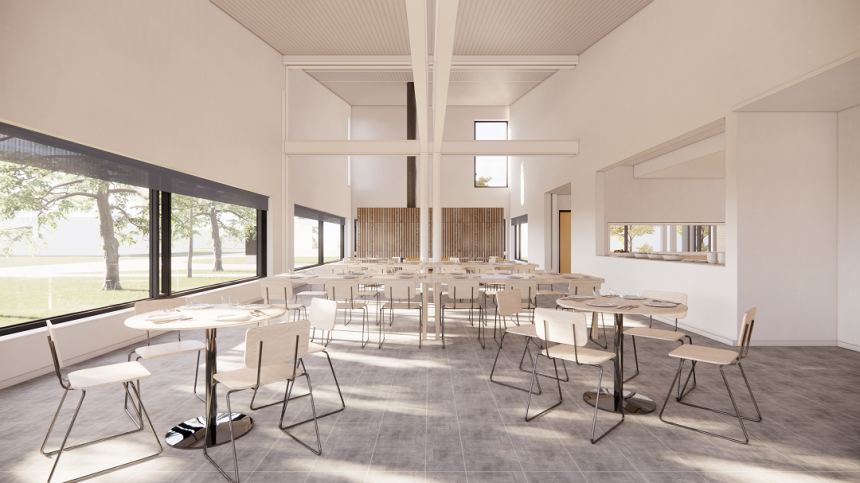
Has your work changed over the course of your career?
My work has evolved through trial and error. I’ve come to find that simpler is better and really good work needs time.
What was your “eureka!” moment that made you realize that design was the route you wanted to take?
I have always enjoyed making things, but I guess the “eureka” moment came later in my career, when I realized the purpose of design should be to make a difference; that it could encompass function, beauty, and social purpose.
Is your work inspired by anything in particular? What turns you on creatively?
This answer is two-fold. I find verbal collaboration stimulating, but I also find that creativity can be born in times of quiet and solitude.
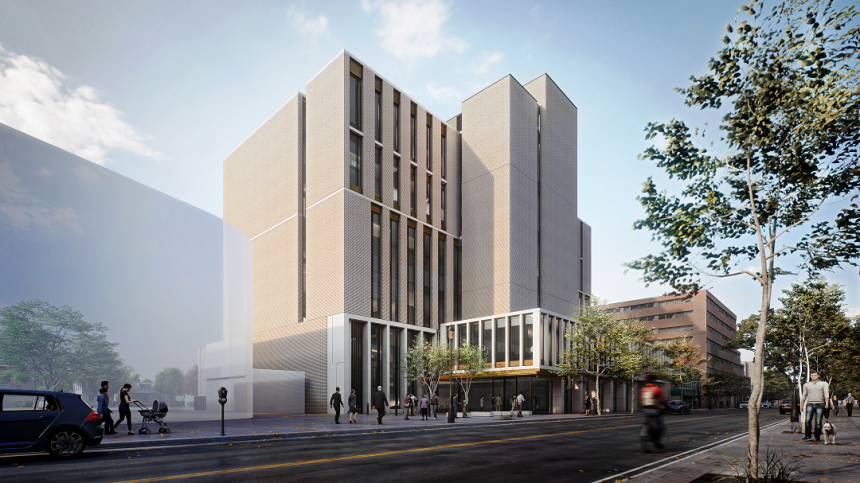
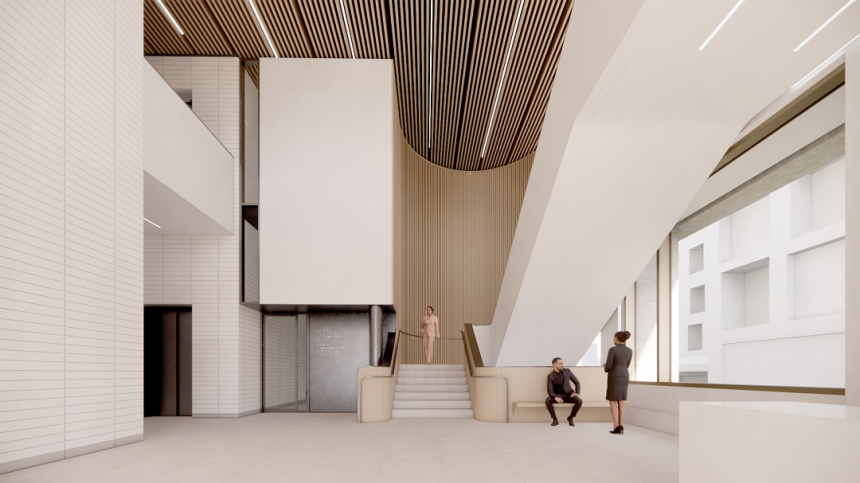
2020-2021 has been a wild ride. How has it changed you for the better?
The restrictions that limited us from experiencing tactility or physical engagement have forced us to collaborate verbally. The simple act of talking about a design can be very stimulating.
How long have you been involved with DesignTO? Why is DesignTO important to the creative community, here as well as abroad?
We’ve always been allies of DesignTO. Toronto is one of the most diverse cities in the world. Well-planned creative initiatives like the ones hosted by DesignTO have the power to influence individuals, groups, and cultures both here and abroad. On a more intimate level, with so much creativity dispersed online, DesignTO offers locality and lends a sense of identity to the Toronto community.
Do you have any memories from past DesignTO Festivals you want to share?
We’re making memories and look forward to further engagement with DesignTO.
Can you give us a sneak peek at what you’re working on?
We’re working on a new justice centre prototype that combines justice, health, education, and social services into a community-based faculty. We’re also developing the concept for a Passive House modular supportive housing project, which will be the first of its kind in Canada.





























